TO GO OR NOT TO GO?
That was the first question. The idea of entering a country that doesn’t officially exist, and that most people would never dream of visiting, fascinated us. Our research indicated that Somaliland was stable and generally secure, and several recent online trip reports detailed safe visits by independent travellers who entered easily by land from eastern Ethiopia.
Nevertheless, deciding to visit a place whose name is synonymous with Somalia – possibly the world’s worst country – is not easy. Our countries have no diplomatic representation there, government reports warn against all travel (although, admittedly, they lump Somaliland together with Puntland and Somalia), and there is an element of uncertainty, especially given Somaliland’s proximity to unstable regions. Visiting Somaliland sounds exciting… unless it means spending the next three years in the desert waiting for a ransom, while everyone in the world wonders what the hell we were thinking.
So we take it one step at a time. Touching down in Addis Ababa, the first thing we do is find the Somaliland Liaison Office, which acts as a de facto embassy for this de facto country. We are pleasantly shocked to be issued visas within 30 minutes by friendly women in the office, who go so far as to get the Ethiopian Vice-Consul in Hargeisa on the telephone to reassure us that we can get a visa in Somaliland to re-enter Ethiopia. They tell us that things in their country are peaceful and going well. It seems that they want us to visit. Heading eastwards toward Harar, we keep checking. We email several hotels in Hargeisa to enquire about the safety situation, and ask various people in Harar for their advice. I purchase my obligatory veil.
Everything points to yes.
So on 4 May in the early morning, we head to the bus station in Harar. We catch a bus to Jijiga, transfer onto a minibus to Wajaale. By noon we are at the border. A few companions from the minibus walk with us towards the border, and point out the Ethiopian immigration office to us while they keep walking (they don’t need to officially exit the country?). A quick stamp out, a walk across the putrid garbage-strewn no-man’s land between countries, and we are in Somaliland.
WELCOME TO SOMALILAND
The immigration officers at the border grin at us as they stamp us into the country. Taking a chance, I ask whether we can take photos of this exciting moment. “You have visa, you are free!” replies the immigration officer, and she helps us snap a few photos at the border post.
We hook up with some Ethiopian businessmen and hire a shared taxi with them to Hargeisa. As the car takes off, we have the feeling of having entered the Wild West. The hills and agriculture have disappeared, and there is no road at all – our car is just careening along some vague tracks through the empty wilderness. After about 20km, we reach a potholed but asphalt road, which runs the remaining distance to Hargeisa. Along the way, there are a number of police checkpoints. We all show our documents, and there is no problem.
We pass numerous cargo trucks going in the opposite direction. Our travel companion, an Ethiopian man who is on his way to the port in Berbera to receive a shipment of vehicles from Dubai, explains to us that these are carrying goods to Ethiopia, which itself has no port.
HARGEISA: CAPITAL OF SOMALILAND
Somaliland is full of surprises. The next comes in Hargeisa, the dusty capital city. Our shared taxi drops us at the Hadhwaanag Hotel, where we have made a reservation. We are greeted by a distinguished-looking gentleman named Mohammed. He says to us in perfect English, with enthusiastic politeness, “We have received your booking and are here to offer you every hospitality!” Our hotel has clean spacious rooms, hot water, BBC on the television (perfect to follow the last days of the 2nd round of the French election), an excellent restaurant with room service, and wireless internet – better than what we have experienced through most of the continent, and all for just US$15!
The hotel is full, but not with tourists. Rather, the rooms are occupied by numerous well-educated Somali men who live overseas and have recently returned to Somaliland to do business. They tell us about their lives in Somaliland during the days when it was a British protectorate, how they left, how they came back. We listen with interest about the old days in Somalia, before the civil war, when women did not all wear the veil, and when the country was even famous for producing award-winning rum.
One morning in Hargeisa is dedicated to various bureaucratic tasks: getting a new Ethiopian visa, obtaining a letter from the Police Chief permitting us to travel independently (without armed escort) to Berbera, and purchasing tourist permits for the Las Geel cave paintings. We stand on the road waiting for the bus, but none will stop for us. Two men come to our rescue, telling us that we are waiting in the wrong place. They offer us a ride in their small SUV and drop us right outside the well-hidden Ethiopian Liaison Office. “How is life in Somaliland?” we ask. “Life is good for us!” they laughingly reply. “But just 1000km from here, there is hell!”
Hargeisa is also home to several colourful markets. An extensive covered market stretches through several square blocks of the city centre, and we get lost navigating its alleys while searching for toilet paper (our hotel, true to Muslim tradition, has none). At the gold market, women sit out in the street with chests of jewellery and moneychangers lounge on the sidewalk with massive piles of Somaliland shillings stacked in front of them. “No security,” says the friendly accounts guy from our hotel who accompanies us there on his way to the mosque. He adds proudly, “This is not possible in Johannesburg.”
We set out in search of the camel market, and stumble instead upon a huge vegetable and meat market. Our requests for “geel” (camel) results in us being brought to the tables full of sheep’s heads and lumps of camel meat. Finally, we make it understood (in French) that we are looking for vivant (not dead) camel. A self-appointed guide walks us to the livestock market, approximately 800m away through some small side streets. He enthusiastically leads us around the market, encouraging us to take photos, explaining how the market works and the condition of the various animals, tugging on camel’s teats and goat’s ears. At the end, he brings us to a bus stop and puts us on a bus back to town. Before we can even turn around to thank him, he cheerfully shouts “bye-bye!” and is on his way.
BERBERA: SUNSET ON THE EAST COAST OF AFRICA
The road from Hargeisa to Berbera is a rather straight tar road through the Somaliland desert. The temperate climate is soon replaced with a heavy dry heat. My hijab begins to stick to my face and neck, although I also hide under it to be shaded from the sun.
After four hours (including lunch and prayer break, as well as several police road blocks) in a jam-packed minivan, we arrive in Berbera. An ancient port city, it was likely involved in the trade between the east coast of Africa and Egypt, possibly as far back as the 1st century when it was perhaps known as Malao. We check into a budget hotel (which we ensure has a powerful fan, and are surprised to find also has wireless internet – not bad for US$8), and lie under the fan until late afternoon when the heat becomes more bearable.
We head out for a walk in Berbera, sandwiched between the desert and the Red Sea. The town feels like something out of a western movie. Broad dusty streets and many destroyed buildings, due either to the civil war or to bad care. Qhat cafés line the streets, full of customers chewing qhat, drinking tea, and scrutinizing our every step. “Hello!” “Where’re you from!” “China China!” We feel like a passing train being examined by cud-chewing cows. Suddenly, the call for prayer sounds. All of our scrutinizers get up and walk slowly towards the mosque. It is a signal to us to go for dinner, before the prayers are over and the restaurants are fully booked. It is important to time your meals correctly in Somaliland.
We eat at Al Xayaat restaurant on the waterfront. While waiting for our meals to arrive, the sun sets in a blaze of colour over shipwrecks in the Red Sea. We watch, confused about how we could be watching the sun set on the east coast of Africa. Doesn’t the sun set in the west?
We have dinner with a young man from Djibouti whose company has sent him to work at the Berbera port. He seems happy to meet foreigners with whom he can speak French. He complains about how bored he is in Berbera: no night life, no bars, no alcohol. He also explains to us the division of the Somali people through the colonial borders: in Djibouti, Somaliland, Somalia, Ethiopia, and Kenya. One people, five countries, but many clans.
A visit to the Red Sea would not be complete without a swim on the beach. The following day, after sharing a dish of “small meat” (camel) for breakfast, we visit Baathela Beach, a long beach 3km from town. We catch a ride there with an American Somali expat and a ride back with a Swedish Somali expat. The water is warm, and the sand is pristine from the point where the water has swept the litter away. I swim fully clothed, while watching several males freely frolicking naked in the water about 200m away.
LAS GEEL, ABORTED
On the way back to Hargeisa, we plan to visit the Las Geel archeological site. This is Somaliland’s sole “tourist” sight, which is apparently a collection of exceptionally preserved neolithic rock paintings. We get the minibus to drop us at Dhubato village, where we have heard that there is a vehicle that we can hire to bring us the final 5km to the site. At worst, we think, we can walk.
No such luck. The sole vehicle in Dhubato has gone to Hargeisa for the day. We start out on foot, but the people in the village telephone the police, and they apparently do not like the idea. A group of soldiers drives up in an old wrecked pickup truck, and they force us to get in. Before we can argue (and who wants to argue with an armed qhat-chewing Somaliland soldier who doesn’t speak English?), we find ourselves being physically escorted back to Hargeisa.
We consider it too expensive to hire a private car to travel the 55km back to Las Geel from Hargeisa (the best we manage to negotiate is US$80 round trip), and our encounter with the soldiers leaves us in a bit of a bad mood. Thus, our visit to Las Geel is aborted, but not without some lessons about Somaliland. We are only glad that we end up, unscathed, back amongst our friends at the Hadhwaanag Hotel in Hargeisa. We enjoy a last Somaliland dinner of fresh juice, superb camel roast, and fata mus (a concoction of bananas, bread, and honey, formed into a mound and baked in the oven) and prepare to re-enter Ethiopia the next day.
SOMALILAND: IT FEELS LIKE A COUNTRY!
Throughout our visit, the first topic of conversation was often Somalilanders’ frustration at the fact that their country is not internationally recognized. It can nearly be called an obsession: as foreigners, we were stopped by people of all genders and ages who wished to share this with us. Even those with limited English knew how to say: “We are not recognized.”
To the outside world, Somaliland is known as part of Somalia, a failed state which has been in a situation of perpetual war for over 20 years. Yet in reality, Somaliland operates as its own functioning state, with a representative government and everything you’d expect to find in a country: its own currency, a capital, a flag, government ministries, electricity and water agencies, army, police, and a people that self-identifies as Somalilanders. It only takes a few hours inside Somaliland to realize this.
Back in Ethiopia, we meet several travellers who have planned to visit Somaliland as a side trip from eastern Ethiopia. Perhaps Somaliland as a country is becoming recognized – one traveller at a time.
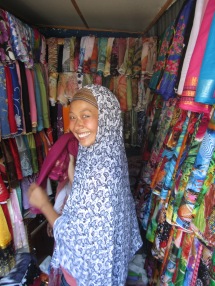


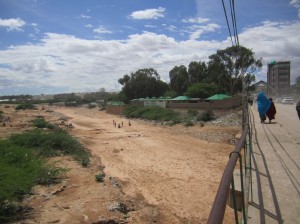
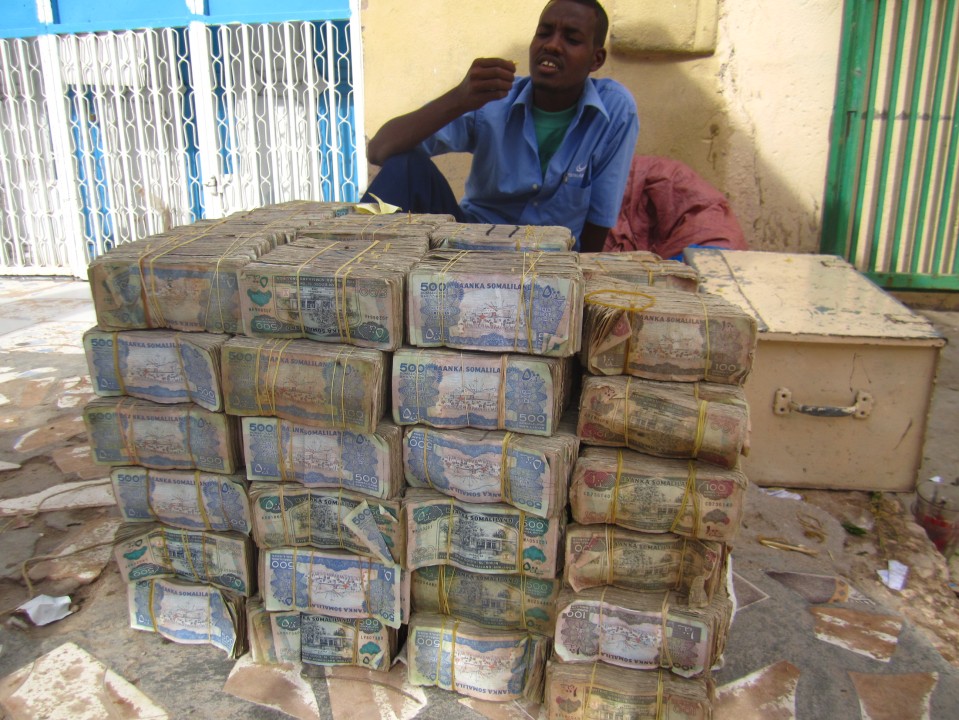

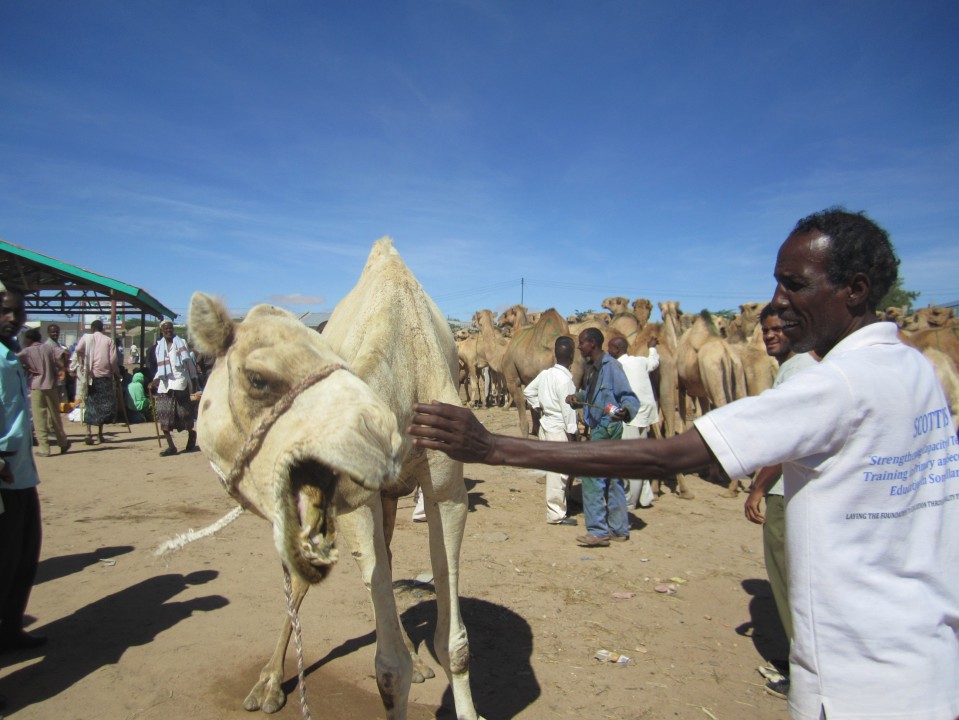
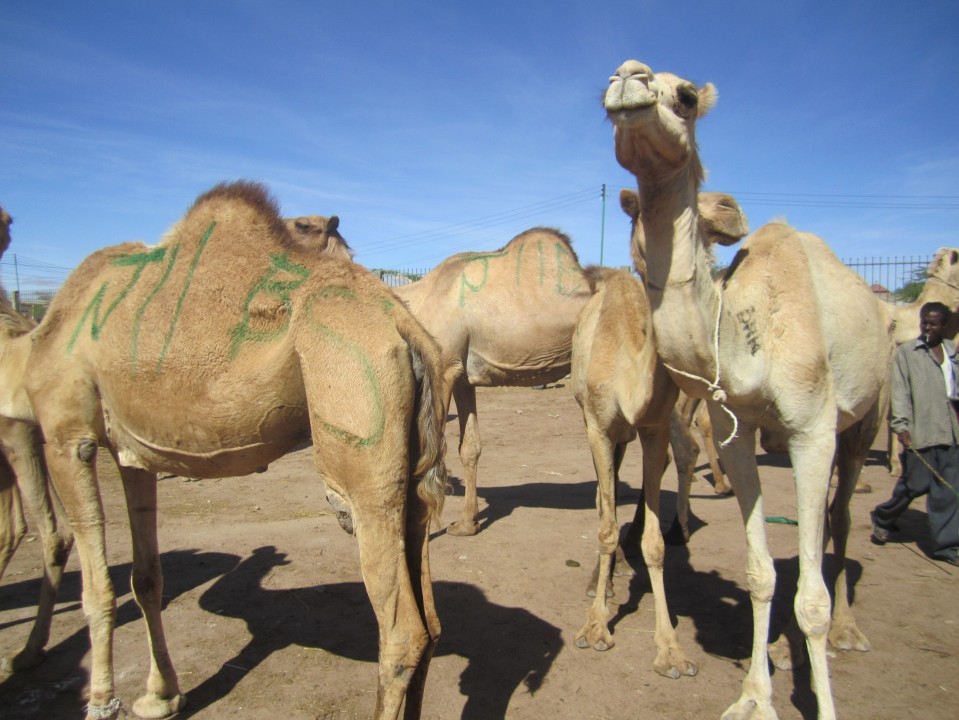




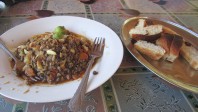
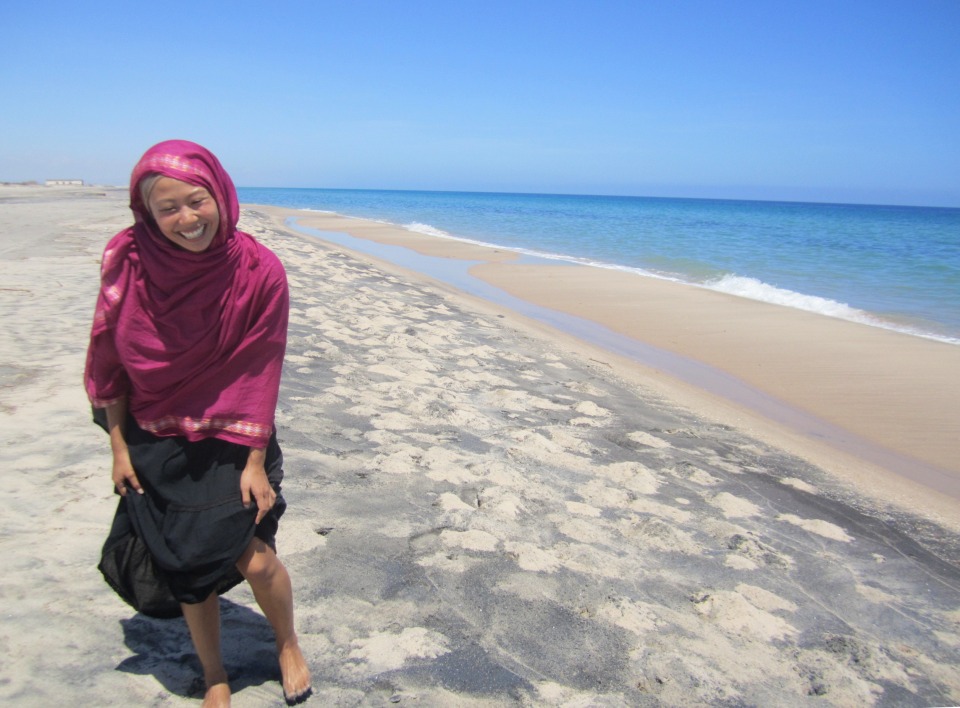



2 comments:
Fine way of describing, and pleasant piece of writing to obtain information regarding my presentation topic, which i am going to convey in academy.
Nice to hear that you got useful in my blogs writings please mention source and have big thanks
Post a Comment